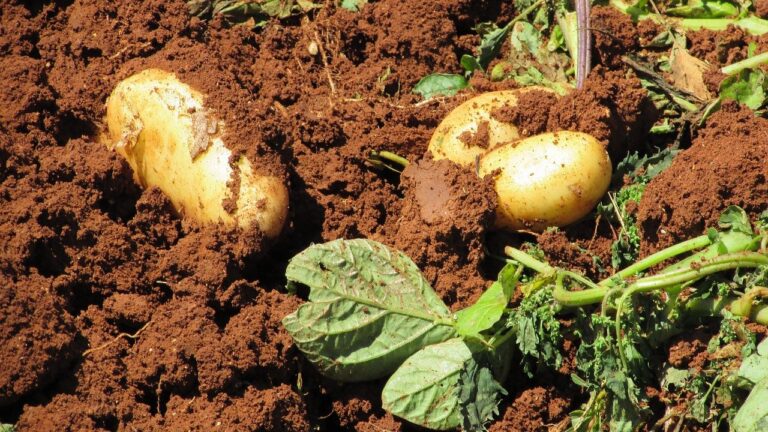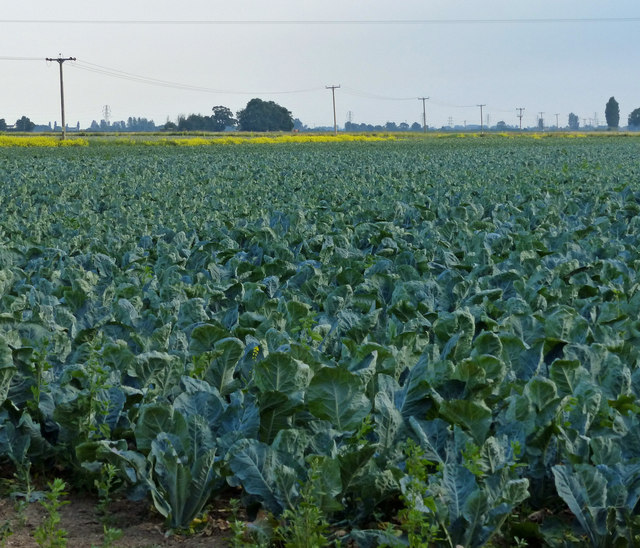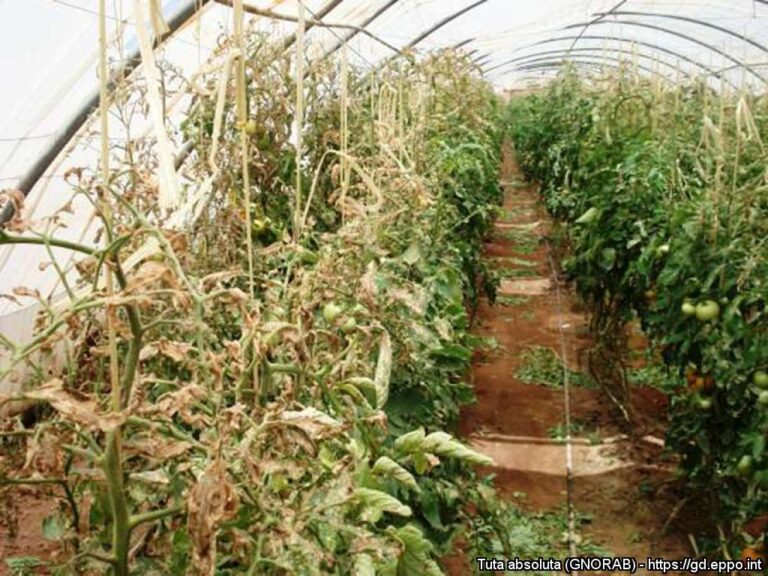What type of soil is best for growing kale in Kenya?
When it comes to growing kale in Kenya, the type of soil you have can make a big difference in the success of your crop. Kale is a hardy plant that can grow in a variety of soil types, but there are certain characteristics that make soil ideal for growing kale. In this article, I’ll be discussing the ideal soil for growing kale in Kenya and how to improve your soil if it’s not ideal.
Ideal Soil for Kale
Kale prefers soil that is well-draining, rich in organic matter, and has a slightly acidic to neutral pH (around 6.0-7.0). The soil should also have a good amount of nutrients, especially nitrogen and potassium, which are essential for the growth of the plant.
A soil that is too heavy, such as clay soil, can be improved by adding organic matter like compost or well-rotted manure. This will help to improve the structure of the soil and make it easier for the roots of the kale to penetrate.
Improving Your Soil
If your soil is not ideal for growing kale, there are several ways to improve it. One way is to add organic matter like compost or well-rotted manure. This will help to improve the structure of the soil and make it easier for the roots of the kale to penetrate.
Another way to improve your soil is to use cover crops. Cover crops, such as clover, are planted in between main crops to improve the soil. They add nutrients, suppress weeds, and help to retain moisture.
You can also use fertilizers to give your soil the right balance of nutrients. In Kenya, farmers often use organic fertilizers like chicken manure, cow manure, or compost. These fertilizers are rich in nutrients, and they help to improve the soil’s structure.
In Kenya, Kale is mainly grown in the highlands, which are located in the central, western, and parts of eastern regions of the country. These regions have a cool climate, and the soil is rich in organic matter, which is ideal for growing kale. Examples of these regions include the Mount Kenya region, the Aberdares, and the Elgeyo Marakwet.
In these regions, farmers use organic methods of farming and practice crop rotation to maintain soil fertility. They also add organic matter like compost or well-rotted manure to improve the soil’s structure. They also use cover crops and organic fertilizers to give the soil the right balance of nutrients.
Conclusion
Kale prefers soil that is well-draining, rich in organic matter and has a slightly acidic to neutral pH. If your soil is not ideal for growing kale, you can improve it by adding organic matter, using cover crops, and fertilizing. By paying attention to your soil, you can ensure that your kale plants have the right growing conditions to thrive. With the right soil, you can enjoy a bountiful harvest of this nutritious leafy green.






